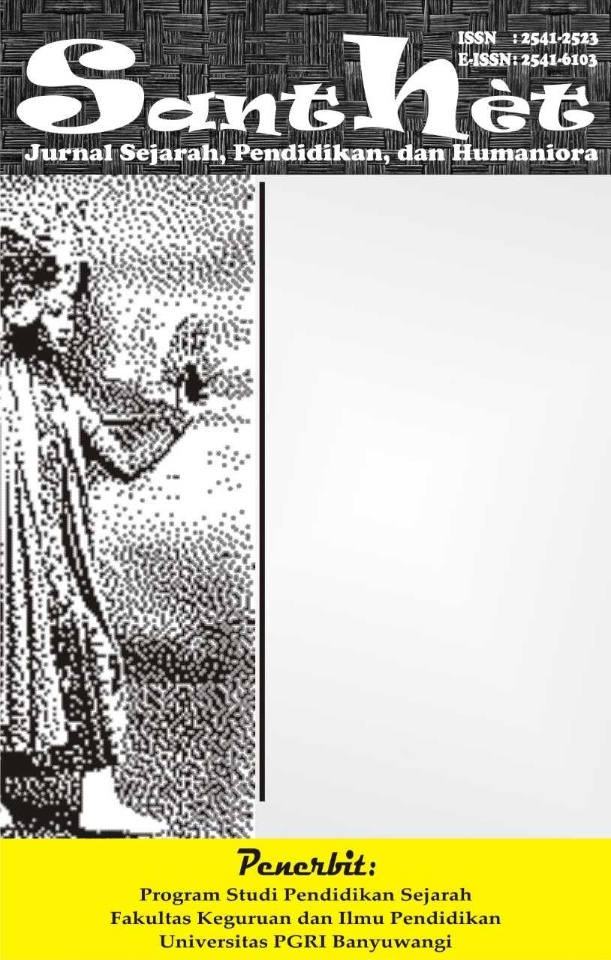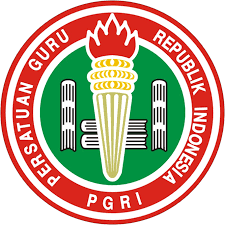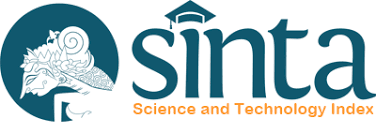ANALYSIS OF TEACHERS AND STUDENTS NEEDS FOR THE DEVELOPMENT OF AI BASED INTERACTIVE E-MODULES IN ENHANCING ACADEMIC LITERACY
Analisis Kebutuhan Guru Dan Siswa Terhadap Pengembangan E-Modul Interaktif Berbasis Ai Dalam Meningkatkan Literasi Akademik
DOI:
https://doi.org/10.36526/santhet.v9i3.5365Keywords:
Literacy development,digital books,Artificial Intelligence (AI)Abstract
The advancement of digital technology, particularly artificial intelligence (AI), has opened new opportunities for developing more adaptive and personalized learning media. This study aims to analyze the needs of teachers and students regarding the development of an AI-based interactive e-module as a means to enhance academic literacy. A descriptive qualitative approach was used, employing questionnaires and semi-structured interviews with high school teachers and students. The results indicate that both teachers and students require learning tools capable of adapting to individual proficiency levels, providing real-time feedback, and facilitating key literacy skills such as reading comprehension, academic writing, and information evaluation. These findings suggest that AI-based interactive e-modules hold significant potential to address the limitations of conventional learning and support the achievement of academic competencies more effectively. This study serves as a foundational step in designing pedagogically relevant and technologically innovative e-modules
References
Arifin, Z. (2017). Penelitian pendidikan: Metodologi, pendekatan, dan contoh-contoh penelitian. RajaGrafindo Persada.
Bagus, I. P. K., & Santosa, I. G. (2020). Pengembangan e-modul berbasis multimedia interaktif pada mata pelajaran matematika. Jurnal Pendidikan Matematika, 14(1), 45-54. https://doi.org/10.23887/jpm.v14i1.24219
Creswell, John W. 2014. Research Design: Qualitative, Quantitative, and Mixed Methods Approaches. 4th ed. Thousand Oaks, CA: SAGE Publications.
Holmes, W., Bialik, M., & Fadel, C. (2021). Artificial intelligence in education: Promises and implications for teaching and learning. Center for Curriculum Redesign.
Mayer, R. E. (2009). Multimedia learning (2nd ed.). Cambridge University Press.
Prasetyo, Y. T., & Nugroho, H. (2019). Penerapan e-modul interaktif berbasis AI untuk meningkatkan motivasi belajar siswa. Jurnal Teknologi Pendidikan, 21(2), 123-130.
Purwanto, A., & Sari, D. K. (2022). Pengaruh pembelajaran berbasis e-modul terhadap literasi akademik siswa SMA. Jurnal Pendidikan dan Pembelajaran, 10(1), 55-65.
Sari, L. P., & Widiastuti, S. (2020). Pengembangan modul interaktif berbasis aplikasi mobile untuk pembelajaran Bahasa Indonesia. Jurnal Teknologi Informasi dan Pendidikan, 13(3), 101-110.
Surya, E., & Hadi, S. (2021). Pemanfaatan kecerdasan buatan dalam pendidikan: Studi literatur dan prospek ke depan. Jurnal Sistem Informasi, 17(1), 12-21.
Widyastuti, D., & Handayani, S. (2019). Pengembangan e-modul interaktif untuk meningkatkan hasil belajar siswa di SMA. Jurnal Pendidikan Teknologi, 8(2), 77-85.
Zawacki-Richter, O., Marín, V. I., Bond, M., & Gouverneur, F. (2019). Systematic review of research on artificial intelligence applications in higher education – where are the educators? International Journal of Educational Technology in Higher Education, 16(1), 39. https://doi.org/10.1186/s41239-019-0171-0





























